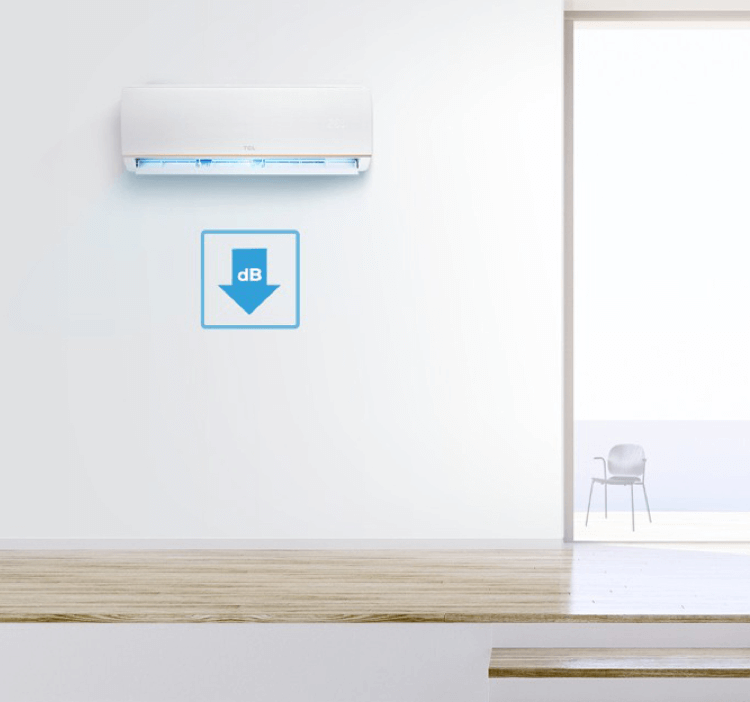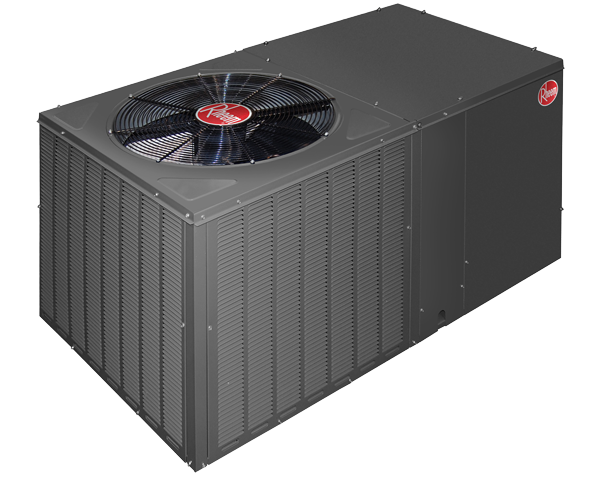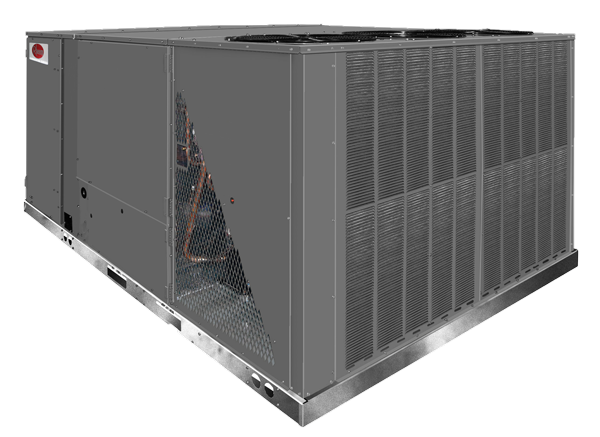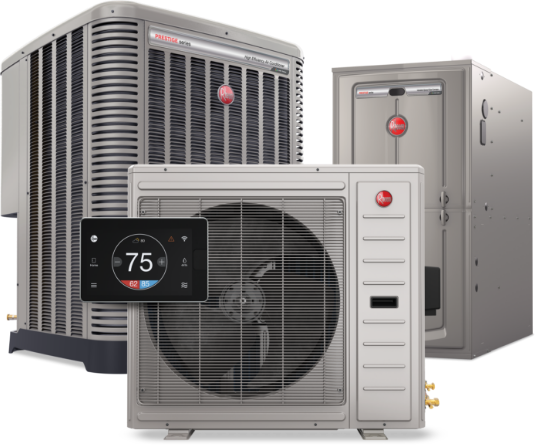Evolution of Air Conditioning
In English:
The field of air conditioning has seen significant advancements over the decades, making it an integral part of our daily lives. From the simple systems that used water to cool air in ancient civilizations to the complex modern air conditioning systems we see today, the journey has been remarkable.
Early Beginnings:
The concept of air conditioning began primitively with the ancient Egyptians and Romans who used water to cool the air in their homes. They would hang wet cloths over windows, allowing the evaporation of water to cool the incoming air.
Industrial Developments:
In the late 19th century, the first attempts at mechanical cooling emerged. These systems relied on compressing and evaporating ammonia but were large and sometimes hazardous.
20th Century Revolution:
The major revolution in air conditioning came with Willis Carrier’s invention of the first electrical air conditioning system in 1902. This system could control both temperature and humidity, revolutionizing homes and commercial buildings.
Modern Technology:
Recent years have seen tremendous advancements in air conditioning technology, with a focus on energy efficiency and environmental sustainability. Modern systems now use eco-friendly refrigerants and energy-saving technologies like smart systems that automatically control temperature and humidity based on need.
Conclusion:
It is clear that the evolution of air conditioning was essential to meet human needs in various climatic conditions. With ongoing technological progress, we can expect to see more innovations in this field, making our lives more comfortable and sustainable.






